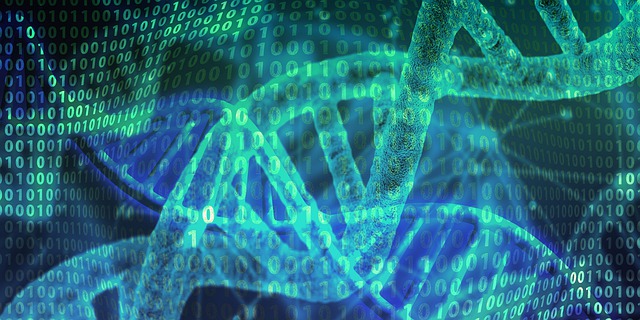With the advent of antibiotics in the 1950’s, bacterial infections in the minds of many Americans became no longer deadly but a simple nuisance. The then segregated America virtually eliminated diseases like polio, lock jaw (tetanus), tuberculosis, and typhoid fever. America became a virtual disease free paradise when compared to the rest of the world. But there was a reason for this achievement. In those days, Americans were not afraid to quarantine or segregate infected persons for the imaginary fear of depriving them of their so-called civil rights.

Tuberculosis was virtually eliminated because the political and medical authorities were not afraid to quarantine infected individuals. The principle of greater good was adhered to. Other such diseases were stopped at the border by strong political leadership that was looking out for the voters who had elected them instead of being bought off by whatever special interest group has the most money. Those who today do not practice this type of leadership can only be described as treasonous and criminal and negligent to the American people.
Today, the tables are turning as infectious diseases are becoming an increasing concern and more deadly. It seems hard to believe that more deaths are attributed worldwide to dehydration from diarrhea than to cancer. It is even more concerning that antibiotics, our greatest weapons against even diarrhea causing agents, are failing.
A great number of bacteria that antibiotics easily destroyed are developing resistance to current therapies. Antibiotics are today a large part of modern medicine, once providing revolutionary care that saved thousands of lives. Through overuse, misuse, and simple time, the bacteria that were once susceptible to certain antibiotics became resistant to those antibiotics. In response, scientists created stronger, more powerful antibiotics. The cycle, however, is repeating, and it appears that the bacteria are winning.
When an individual receives antibiotic therapy, most of the bacteria are killed. Eventually, the individual feels better and stops taking the antibiotics. However, the strongest of the bacteria were able to survive the antibiotics. Perhaps the surviving bacteria had certain genetic mutations or qualities that made them slightly resistant to a particular antibiotic. Now these stronger, more resistant bacteria are left to multiply, passing on that resistant trait. The result is usually a new strain of bacteria that is resistant to current antibiotic therapy, and this microbe is left to infect thousands, potentially millions of people. (“Microbe” is the term used to describe not only a bacterium, but also a virus, mold, fungi, or yeast.)